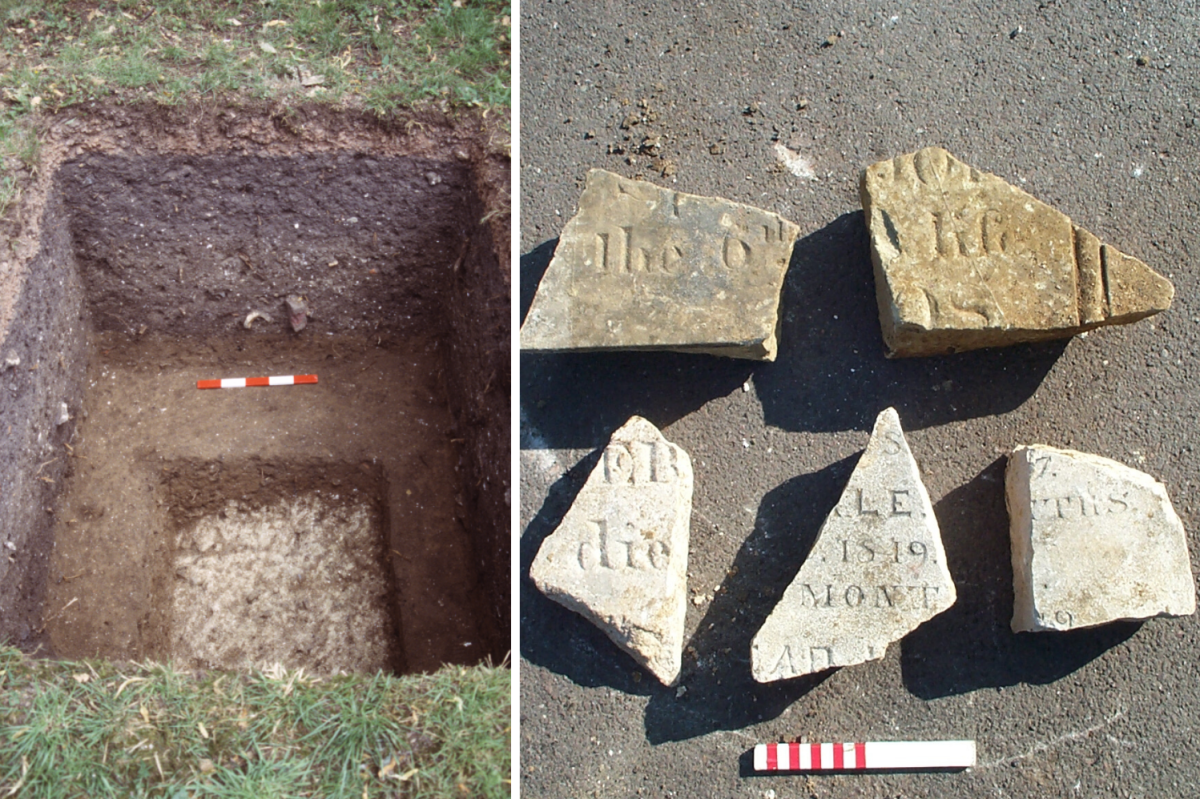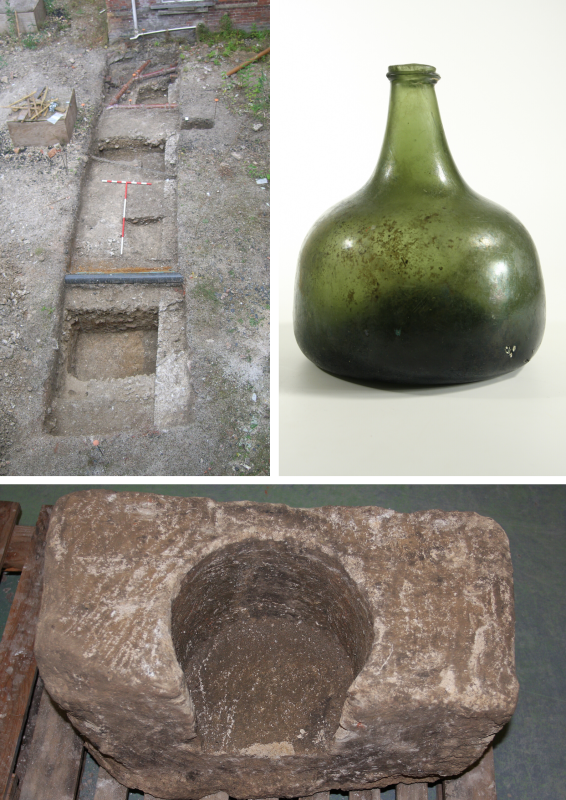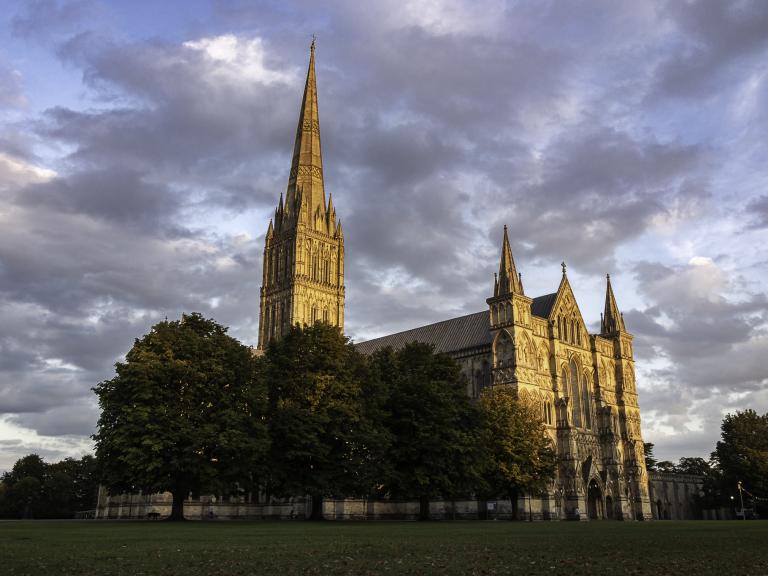We start our journey through the archaeology of Salisbury in the North East corner of the city.
This group of projects show how the modern archaeological process can develop stage-by-stage according to the results of preceding work. It also demonstrates how closely spaced, but separate, phases of development at the Bourne Hill Council Offices and alterations made to Salisbury Arts Centre, each required their own individual phases of investigation, producing results that combine into a single meaningful conclusion.
The work at Bourne Hill began with a preliminary desk-based assessment of documentary evidence which confirmed that the area was one of high archaeological potential. The site was located close to an early Saxon inhumation cemetery, to St Edmund’s College, a medieval religious institution for secular canons founded in the late 13th century and within the shadow of Salisbury’s medieval defences. The present building was constructed in two phases in the 16th and 18th centuries.
As a result of these findings, Wessex Archaeology was asked to dig five test pits, by hand, and seven trial trenches, using a mechanical digger, in 2004. This work was designed to assesses the potential of the site and identify whether the development posed any threat to archaeological layers.
The most significant discovery was a wall foundation, which probably formed part of a building or boundary related to the 13th century college complex. The foundation was aligned E-W and was located close to the northern façade of Bourne Hill House. No other medieval walls were found, however medieval pottery was found in shallow gullies and pits, in land to the north. The survival of this material hinted that the area had remained relatively undisturbed and been used as open cultivated land.

A medieval wall foundation and fragments of 18th-19th century tombstones
A supplementary watching brief monitored five hand-dug geotechnical trial pits but added nothing to the earlier results. These collective investigations suggested that an archaeological watching brief, requiring archaeologists to visit and record any archaeological discoveries that were made as work progressed, should be part of the planned refurbishment and extension to the Bourne Hill Council House.
This decision was fully justified. A series of medieval wall foundations was found under the west range of the Council House which, together with stone cellars beneath the south range, established that the present building was probably constructed on the foundations of the medieval cloister quadrangle of the medieval college. A series of medieval pits was found to the north, while a wall fragment to the south was tentatively interpreted as a possible gate house.

Another medieval wall foundation, an onion shaped post-medieval wine bottle, and a hewn stone coffin head
No traces of the medieval defences were found. These impressive earthworks have remained elusive on the north side of the city. It has been suggested that they were located further to the south or, more probably, were never completed.
Archaeological work of a slightly different character became necessary at Salisbury Arts Centre, the former St Edmund’s Church, during the installation of service pipes in 2012.
This was also resolved using a watching brief but was required to record the anticipated occurrence of human remains in the burial ground.
Twelve graves and two tombs were recorded and, where possible, to provide due respect to the deceased, allowed to remain undisturbed. Several were lifted and subsequently reburied.
